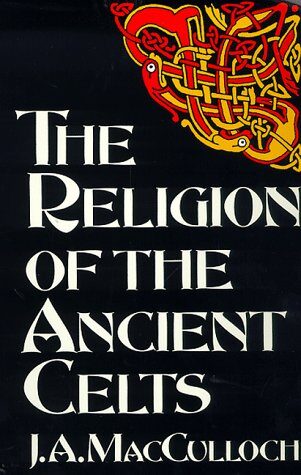J. A. MacCulloch wrote The Religion of the Ancient Celts (1911 AD) wherein he touches upon variously noted within my series about the Nephilim.
This is that as per the post Tower of Babel dispersal of humanity throughout the Earth common history was carried about to the ends of the Earth.
With time, this history came to be called myth and legend as the cultures changed a details here and there whilst still preserving the basics: creation, a garden, a flood, survival upon a boat, etc.
Chap 9 is titled, “God and Men” and notes:
The divinities often united with mortals. Goddesses sought the love of heroes who were then sometimes numbered among the gods, and gods had amours with the daughters of men.
Frequently the heroes of the sagas are children of a god or goddess and a mortal, and this divine parentage was firmly believed in by the Celts, since personal names formed of a divine name and –genos or –gnatos, “born of,” “son of,” are found in inscriptions over the whole Celtic area, or in Celtic documents—Boduogenos, Camulognata, etc.
Those who first bore these names were believed to be of divine descent on one side. Spirits of nature or the elements of nature personified might also be parents of mortals, as a name like Morgen, from Morigenos, “Son of the Sea,” and many others suggest.
For this and for other reasons the gods frequently interfere in human affairs, assisting their children or their favourites. Or, again, they seek the aid of mortals or of the heroes of the sagas in their conflicts or in time of distress, as when Morrigan besought healing from Cúchulainn.

